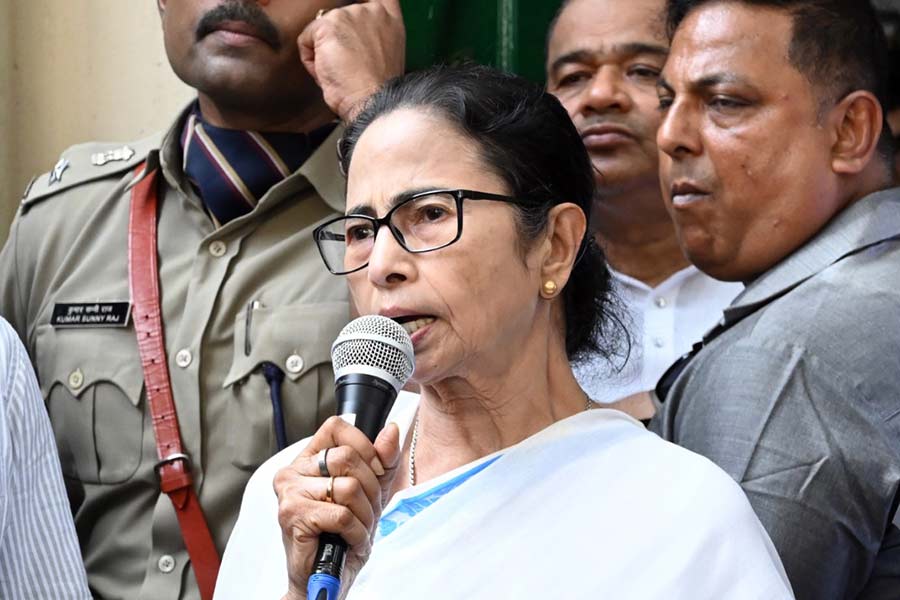The state government has planned to introduce a combination drug to fight kala azar in two districts, as a first such initiative in the country.
Announcing this in Patna on Wednesday, health department principal secretary Amarjeet Sinha said there were plans to introduce the drugs in Bihar in collaboration with Geneva-based Drugs for Neglected Diseases initiative and other key partners in their attempt to fight kala azar in Bihar under public-private partnership mode.
“As the Centre regulates and supplies kala azar drugs in the entire country, we have taken permission from the Union government for the pilot project,” said Sinha.
In November 2011, State Health Society, Bihar, signed a memorandum of understanding (MoU) to evaluate the safety and effectiveness of new treatment modalities for the management of kala azar, which afflicts around 35 districts in the state.
Bihar accounts for about 80 per cent of India’s kala azar cases and is considered to be the epicentre of the disease on a global scale. Eleven districts out of these are worst hit.
Implementation of new treatment modalities will include Liposomal Amphotericin B (Ambisome) in monotherapy and several combination therapies with Ambisome, Miltefosine and Paromomycin in primary and secondary healthcare levels in the public sector.
The drugs will first be introduced in Muzaffarpur and Saran districts.
Earlier in the news meet, health minister Ashwini Kumar Choubey demanded that the Union government must form a task force to tackle the disease in Bihar and streamline the supply of medicines.
“The supply of some kala azar medicines has been very erratic in the past few months and therefore, we want the Centre to address the issue at once. If they cannot regulate the supply soon, they should grant us permission and funds to buy essential medicines at the state government level,” he said.
Since 2006, the state has been struggling to battle the disease that spread to over 25,000 people in the state last year, killing 76 persons.
Kala azar, medically called visceral leishmaniasis, is also known as the poor man’s disease because it affects them the most. As the disease is reported mostly from earthen houses and huts made of straw thatch, the state government had requested the Union ministry of rural development to construct houses under Indira Awas Yojana in around 168 worst-hit blocks of the state. However, only around 20,000 houses were constructed as against 80,000 houses planned for the blocks falling under 11 districts, including Muzaffarpur, Darbhanga, Purnea and Sitamarhi.
The state government had also launched anti-kala azar strategy in 2010 to contain the spread of sandfly vectors in 16 seriously affected districts. It had also constituted a task force headed by former central health minister and BJP leader C.P. Thakur to work for eradication of the disease.
“We have taken up the issue with the Union government again, virtually sending them an SOS to assist us in tackling the disease and taking urgent measures,” Choubey added.











